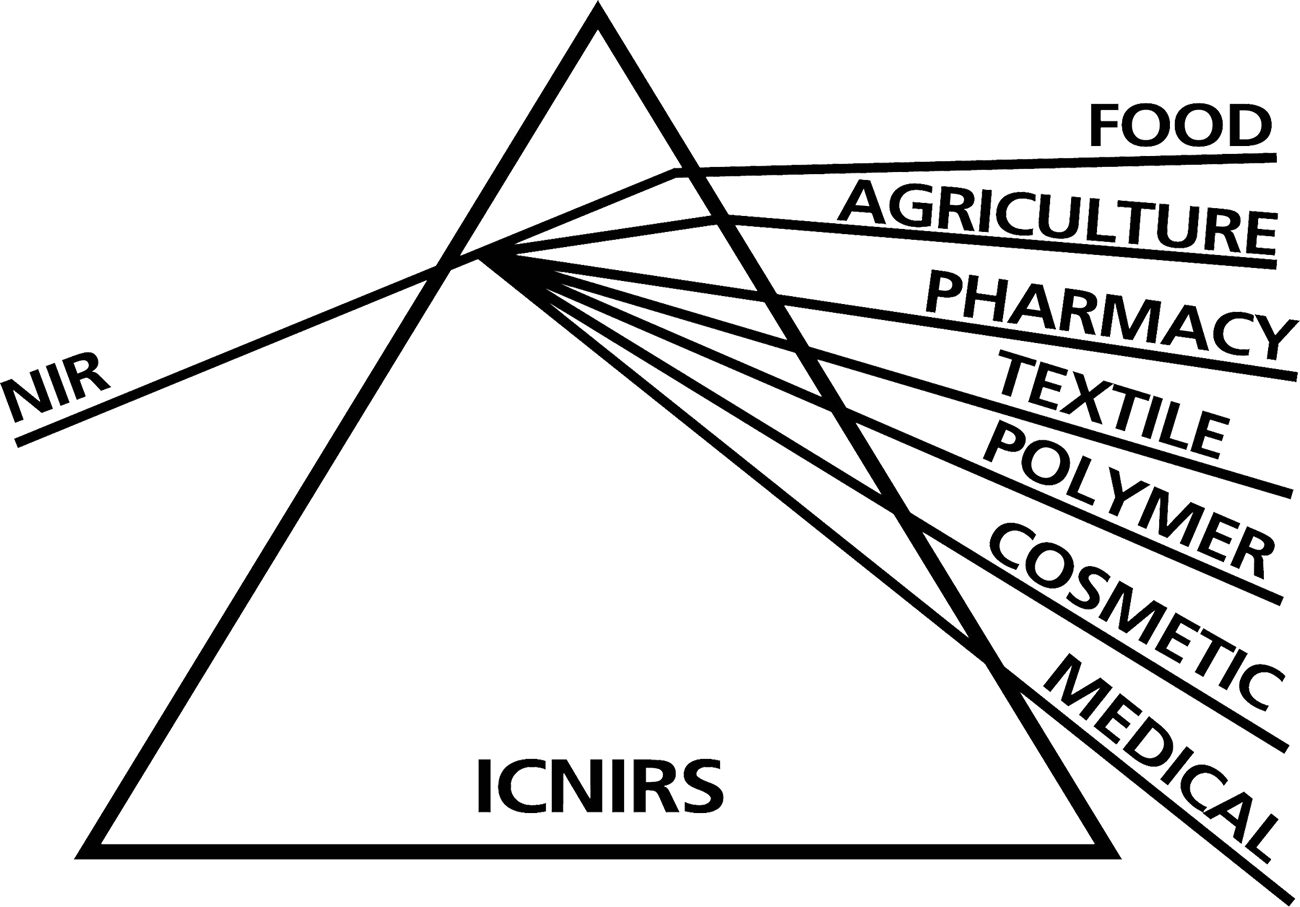In WP1 the work dealt mainly with the development of screening methodologies for the detection of known and unknown adulterants or contaminants at laboratory and industrial levels.
Techniques such as NIR microscopy, NIR Imaging, Raman and HPLC coupled to HR-MS proved their performance at laboratory level for detecting melamine and its structural analogues in soybean meal as well as for determination of animal feed oils adulteration with waste transformer and mineral oils. Moreover, chromatographic techniques demonstrated their applicability for analysis of a range of contaminants at laboratory level, such as (i) GCxGC-TOFMS for the early detection in one single analysis of contaminants in feed ingredients, (ii) HPLC coupled to HR-MS for analysis of 96 veterinary drugs in DDGS and (iii) LC–MS for simultaneous analysis of pesticide residues, mycotoxins and pyrrolizidine alkaloids in different soya-based matrices.
The procedures developed using NIR, NIR hyperspectral imaging and Raman have been applied at the feed mills and port of entry levels in order to detect anomalies caused by a possible addition of not authorized additives or accidental contamination. Employing developed analytical tools, at the feed mill a pilot study was designed for trucks containing soybean meal intentionally contaminated during the unloading with a certain types of contaminants. The application of appropriate analytical methodology combined with chemometric tools and decision rules allowed detecting the presence of the contaminants during the unloading of the truck, before processing.
In the final stage of the project, WP1 will focus on the comparison of method performance characteristics optimised in the project vs reference methods as well as on a report describing the strategy for the early detection and screening of feed materials for potential contamination.
· Fernandez Pierna, J.A. , Vermeulen, P. , Amand, O. , Tossens, A. , Dardenne, P. & Baeten, V. (2012).
NIR hyperspectral imaging spectroscopy and chemometrics for the detection of undesirable substances in food and feed. Chemometrics and Intelligent Laboratory Systems, Volume 117, 233-239.
· Stewart Francis Graham, Simon Anthony Haughey, Robert Marc Ervin, Emmanuelle Cancouёt, Steven Bell and Christopher Trevor (2012).
The Application of Near-Infrared (NIR) and Raman Spectroscopy to detect adulteration of oil used in animal feed production. Food Chemistry, Volume 132, Issue 3, 1614-1619.
· Zengling Yang, Chengte Wang, Lujia Han, Jing Li, Xian Liu (2014).
Rapid screening and visual tracing of melamine in soybean meal by NIR microscopy imaging. Journal of Innovative Optical Health Sciences 7 (4), 1350072-1 – 1350072-10.
